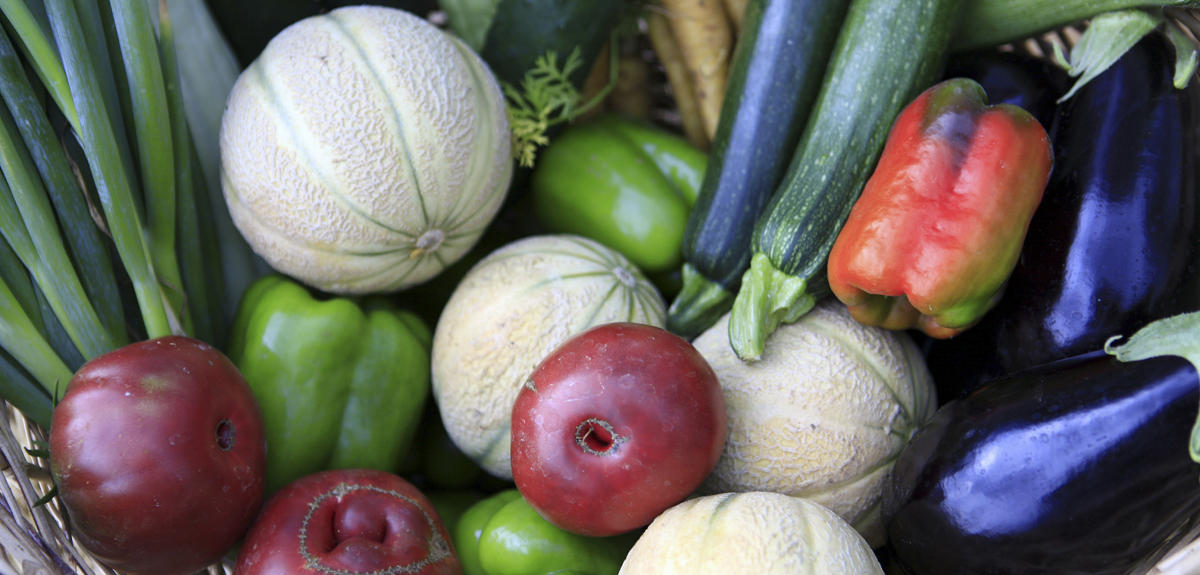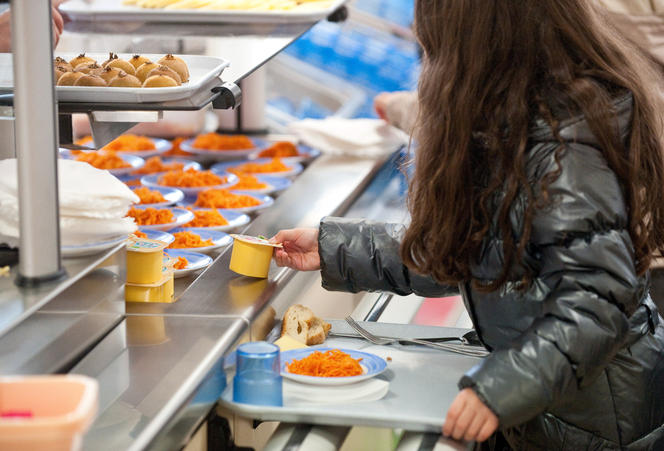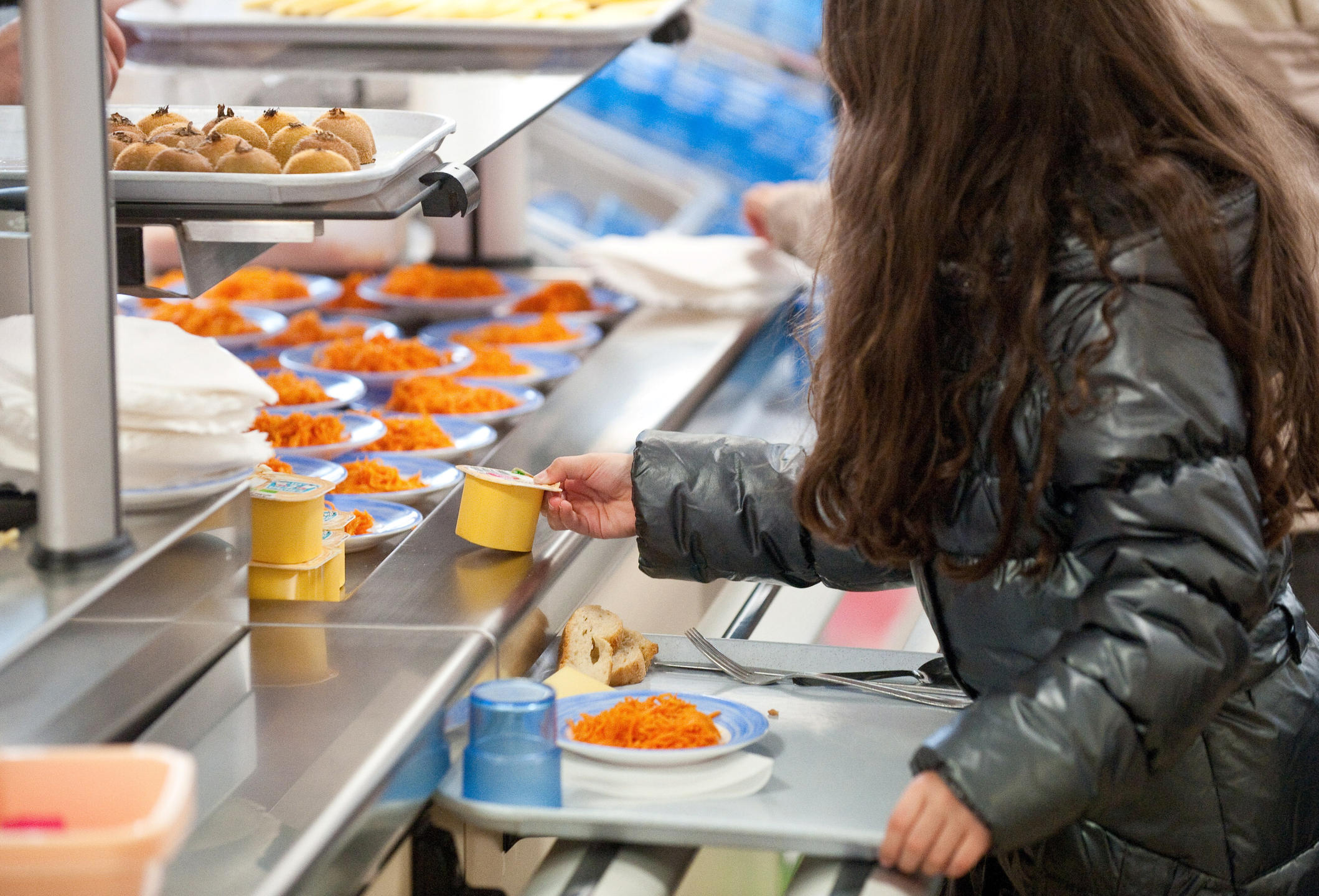You are here
Eating Local: An IT Challenge?

Eating local, and with as few intermediaries as possible. This has been on the wish list of an increasing number of consumers, some of whom have started to buy directly from the farmers in their region. And catering companies are already following suit: everywhere in France, new initiatives are connecting local producers with canteen and cafeteria managers. As a result, one out of five French farmers currently sells part of his production through a short food supply chain. Computer science researchers specialized in logistics optimization have started studying these supply chains to make them more efficient.
In Grenoble, Van-Dat Cung and his team at the laboratory G-SCOP,1 have decided to apply optimization and decision support software to the agricultural sector, which, unlike industry, seldom uses it. "We specifically worked with two fruit and vegetable farmer associations in the region of Isere (southern France), each comprising about fifty producers," says Van-Dat Cung. The objective was to help these growers supply local, fresh—and of course affordable—produce to the local school canteens and catering companies. “Parents demand quality food for their children at school, but without setting up a real short food supply chain—without intermediaries, or one at the most—local producers find it difficult to meet the demand.”
Committed to finding the most efficient organization, the researchers scrutinized the entire supply chain: who transports the produce, how, and where is it stored if necessary… This allowed the scientists to demonstrate that the method chosen by growers was not always optimal: “there are many hidden costs,” says Van-Dat Cung. “For example, for some producers, working together means picking up various items at each others’ location, and arranging for the one closest to the customer to deliver. Yet they rarely integrate delivery times into their cost structures.” Having simulated various organization models, the researchers concluded that it was not always cost-effective for producers to manage their own logistics and transport. “When there are several dozens of farmers, it might be better to outsource this service to a shipping professional,” adds Van-Dat Cung.

Another important link in the supply chain is a storage and redistribution platform, which is often necessary and could be set up by the producers. Finally, vegetable and fruit growers who want to use short chains to supply catering companies, in addition to marketing via long distribution channels (dealers, co-operatives, etc.), should set up small vegetable processing plants to prepare food that can be cooked directly: “in most cases, cafeterias no longer have the know-how or staff to prepare produce from scratch,” says Van-Dat Cung.
Tools for urban farms
Fruit and vegetable growers in Isère are not the only ones that will benefit from such optimization techniques. Another ongoing project of the G-SCOP laboratory focuses on urban and suburban farms, which are increasingly popular in large cities, such as the Gally and Viltain farms around Paris, or the famous “rooftop farms” in New York. “Young farmers are eager to live and work closer to cities. Yet they need guidance, whether it be on plot sizes or the type of produce they should grow to meet local demand,” adds the researcher. A type of software being developed by Nicolas Brulard (as part of his PhD thesis project) could answer some of these questions, and be available on the market sometime soon. “We plan to add secondary activities to our models, such as pedagogical ones, which help producers reach break-even point,” explains Van-Dat Cung. One thing is certain: "connected" or not, the farm of the future won’t have much in common with that of our grandparents.
- 1. Laboratoire des sciences pour la conception, l’optimisation et la production (CNRS / Grenoble INP / Université Grenoble Alpes).













